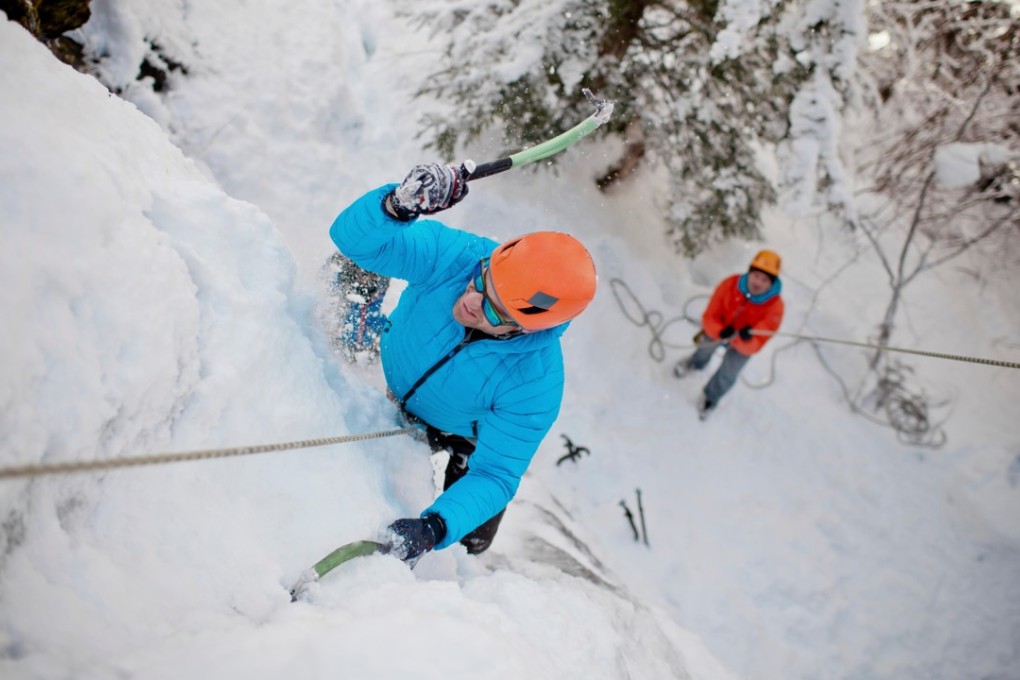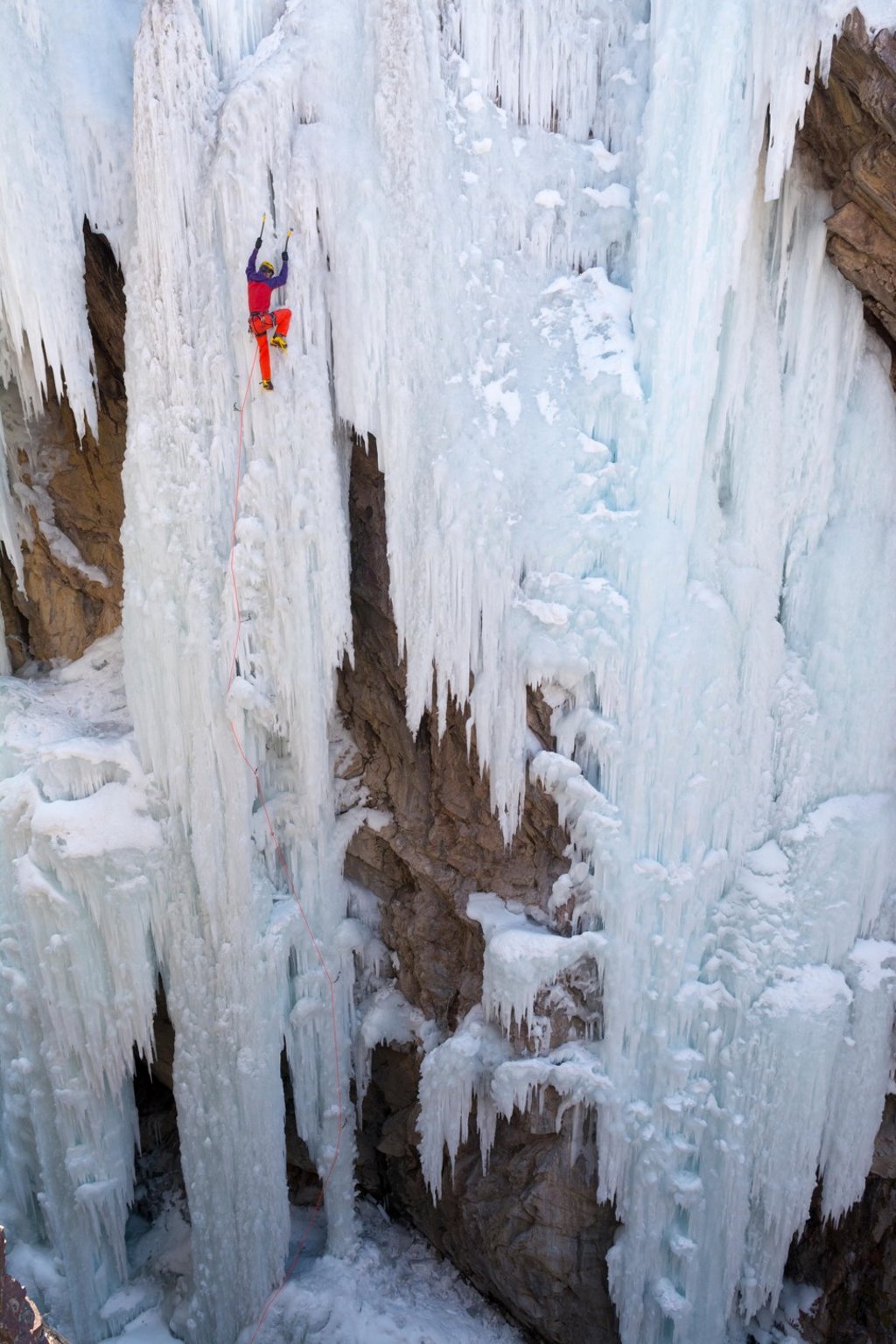Explainer: the thrills of ice climbing and how to get started – just a sense of adventure needed
From China to the Canadian Rockies, ice climbing is a popular niche in the mountaineering world. We talk to the people who find joy in scaling frozen waterfalls and ice-coated crags as they make their sub-zero ascents

Ice – it’s not something you would want to climb, surely? For a start, it hardly provides the best of traction. However, ice climbing has been a popular niche in the mountaineering world since the late 1970s when Yvon Chouinard, an outdoor equipment innovator and founder of gear manufacturer Patagonia, wrote his seminal book Climbing Ice.
The sport developed in the Alps, the Rocky Mountains and the Scottish Highlands in the 1960s and ’70s, and today there are international ice climbing competitions throughout the world. While these are often held on artificially constructed ice towers, experienced climbers will travel the globe in search of the most challenging frozen waterfalls and ice-coated crags.
Five of the best Asian countries for skiing, recommended resorts and our top pick for this winter
As far as climbers are concerned, there are two types of ice: alpine ice and cascade ice. Alpine ice is found in mountain environments such as the Alps and Himalayas and is often climbed in attempts to summit mountains. Cascade ice, meanwhile, is a frozen liquid flow of water, usually a waterfall.
The classic destination for cascade ice is the Canadian Rockies, although it can also be found in any number of sub-zero winter environments. In Asia, Nepal’s Himalayas are the best-known destination, though it is also popularly found in South Korea – in outlying areas of Seoul, as well as the Gyeonggyi and Gangwon provinces – and Chengdu in China, all of which have held ice climbing competitions in the past.

Vinnie Tan of Singapore-based Ace Adventure Expeditions is part of a team that organises ice climbing courses in China’s Sichuan province every winter.
